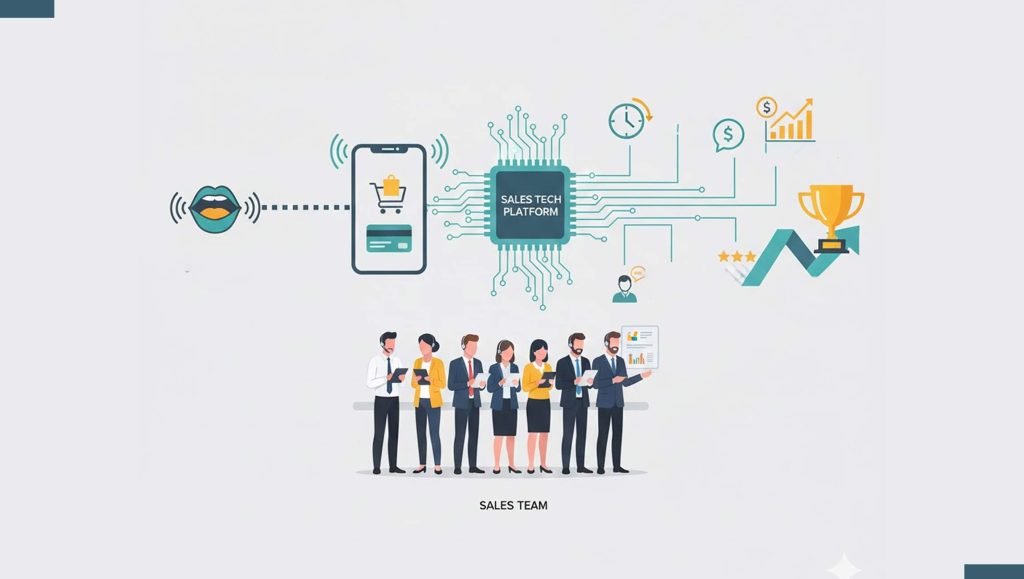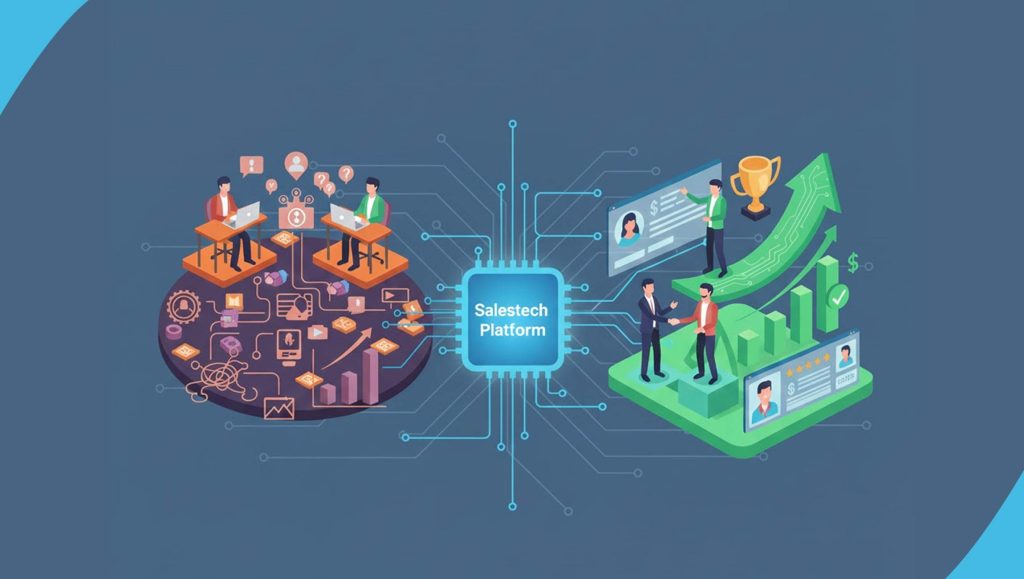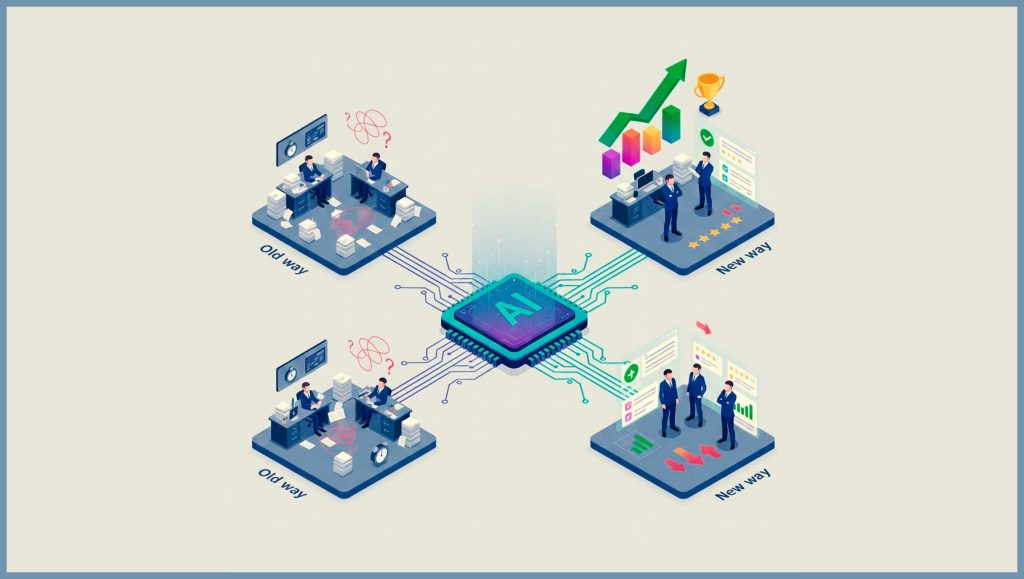Introduction: The Cost of Working in Silos
For too long, IT and eCommerce teams have functioned as separate entities, often with competing priorities. IT ensures the stability and security of systems, while eCommerce teams drive customer engagement and revenue. When these teams fail to collaborate, it leads to inefficiencies, missed opportunities, and a fragmented consumer experience.
With global eCommerce sales projected to hit $7.4 trillion by 2025, businesses can’t afford to let silos slow them down. To scale successfully, organizations need a shared approach where IT and eCommerce work in lockstep—from strategy to execution.
Jon Harding, CIO of Conair, puts it bluntly:
“The focus needs to be on IT and the rest of the business, not IT versus the business.”
Why IT and eCommerce Need Each Other
Today’s digital landscape moves fast. Emerging technologies like AI, automation, and cloud computing are reshaping how businesses operate. Success depends on cross-functional collaboration, ensuring that IT’s technological expertise aligns with eCommerce’s growth goals.
-
Technology Powers Growth:
IT is no longer just a support function—it’s a business driver. IT teams must understand eCommerce’s goals to prioritize technology investments effectively.
-
Customer Experience Is a Shared Priority:
Shoppers expect seamless digital experiences. When IT and eCommerce align, they create smoother customer journeys, from product discovery to checkout.
-
Data Is the New Currency:
IT controls the infrastructure that enables data-driven decision-making. When eCommerce teams collaborate with IT, they gain deeper insights into customer behavior and market trends.
John White, CIO of Dorel Home, emphasizes IT’s role in driving business transformation:
“IT can move the business. Tech can do projects that nobody has thought to ask for.”
Common Roadblocks—And How to Overcome Them
-
Budget Battles
– IT often controls the tech budget, while eCommerce teams prioritize customer experience investments.
– Solution: Define a budgeting process that includes both teams, ensuring that commerce-driven initiatives get proper funding. -
Misaligned Priorities
– IT focuses on security and scalability, while eCommerce prioritizes speed and agility.
– Solution: Establish shared KPIs that reflect both perspectives, such as system uptime, site speed, and revenue growth. -
Communication Gaps
– IT and eCommerce teams often speak different languages, leading to misunderstandings.
– Solution: Regular check-ins and cross-functional teams help bridge the gap. IT should explain technical constraints in business terms, and eCommerce should provide context on customer impact.
Dawn Powell, Manager of eCommerce at Kids2, highlights the importance of mutual understanding:
“IT has to have the right business partners to ask the right questions because they don’t know the right answers. IT is only as smart as the info they receive from the business.”
Best Practices for a Strong IT & eCommerce Partnership
Read More: SalesTechStar Interview with Abhi Anantharaman, CTO at Syndigo
Make IT a Strategic Partner, Not a Roadblock
– Instead of waiting for IT approval, eCommerce teams should involve IT early in project planning to co-create solutions.
Develop a Unified Tech Roadmap
– Align technology investments with business goals by creating a shared technology roadmap that both teams contribute to.
Prioritize Customer-Centric Innovation
– IT should support eCommerce initiatives that enhance the shopping experience, such as personalization engines, AI chatbots, and seamless omnichannel integration.
As shared by a CIO in the report:
“People want silver-bullet solutions; they want to move faster. We’re helping them understand that sometimes you have to go slow to go fast.”
Celebrate Joint Wins
– Recognizing successful collaborations fosters a culture of teamwork. Whether it’s a new site launch or an improved checkout process, shared victories should be highlighted.
Kanchan Sathe, Director of Digital Applications at Colgate-Palmolive, underscores the value of overcommunication:
“Overcommunicating is always better than undercommunicating.”
Final Takeaway: Collaboration Drives Competitive Advantage
When IT and eCommerce teams move beyond silos, businesses unlock greater efficiency, stronger customer experiences, and faster innovation. By fostering open communication, aligning on shared goals, and embracing collaborative structures, organizations position themselves to thrive in an increasingly digital world.
John White, CIO of Dorel Home, sums it up best:
“Try building a culture where IT is seen more as a partner… IT can always be the department of no, but we want it to be the department of ‘yes, but…’”
*This article was co-authored by Lauren Livak Gilbert and Marni Edelhart, Director of Marketing at MikMak
Read More: Customer Success Tips for SaaS Sales Teams





















